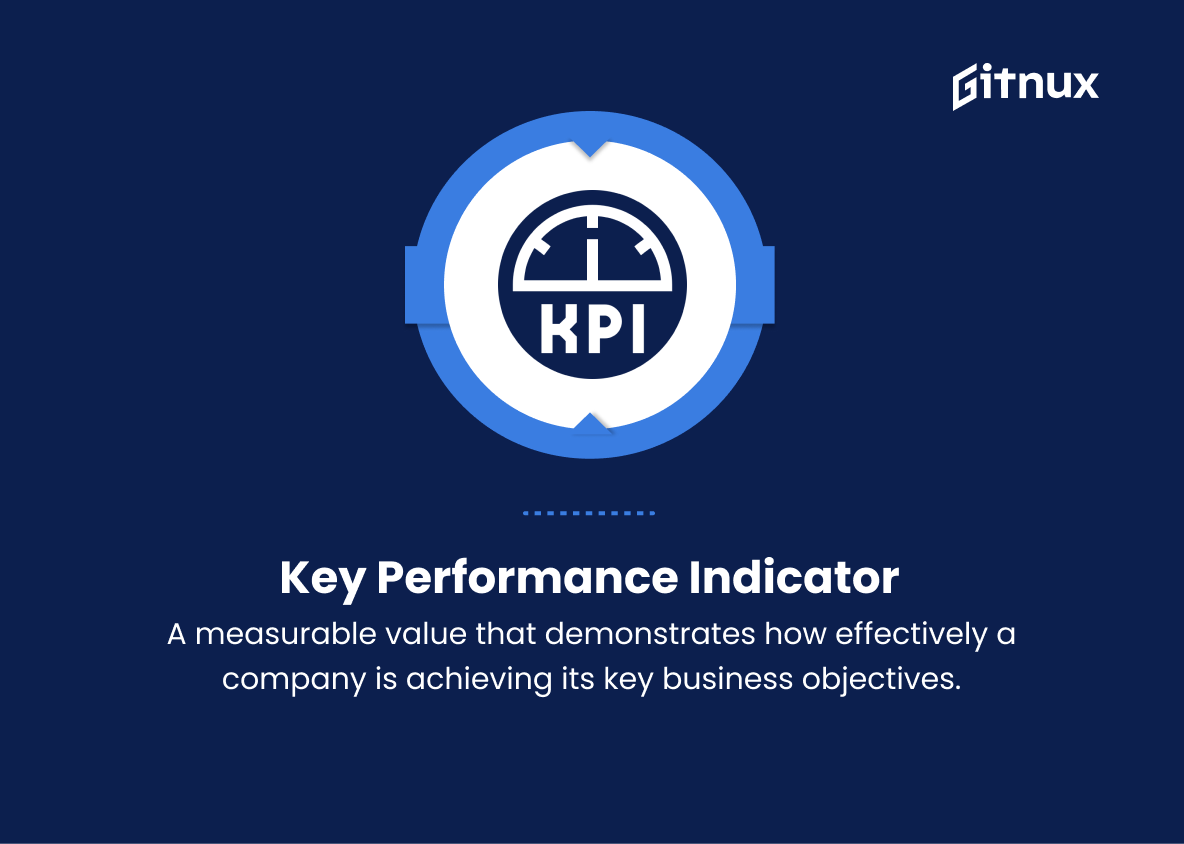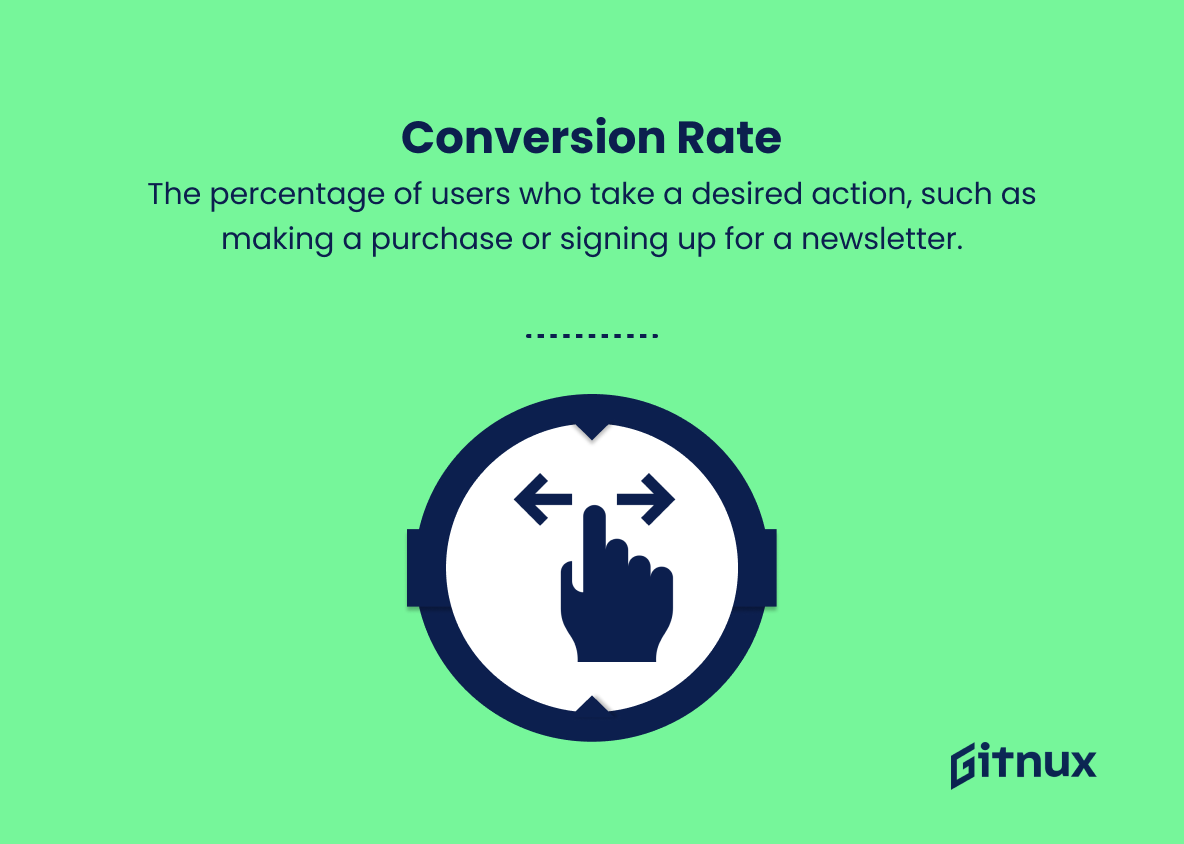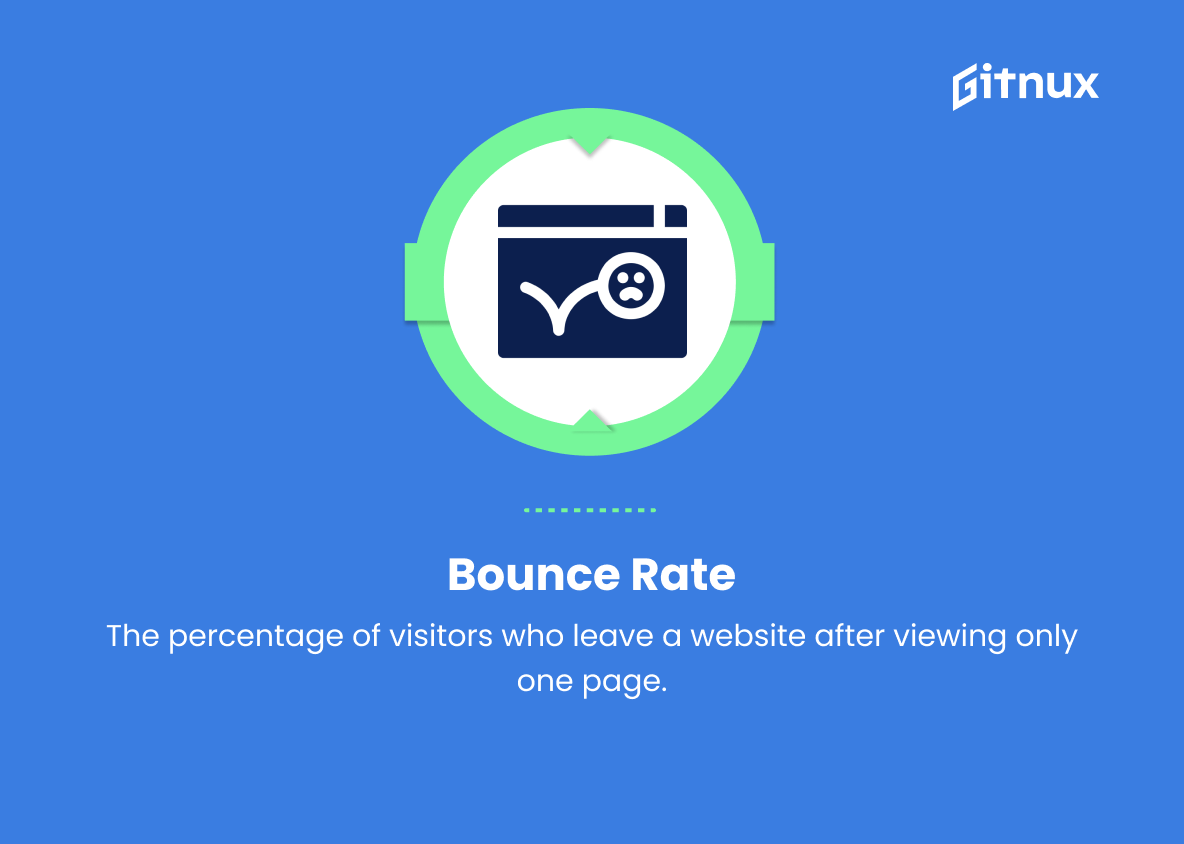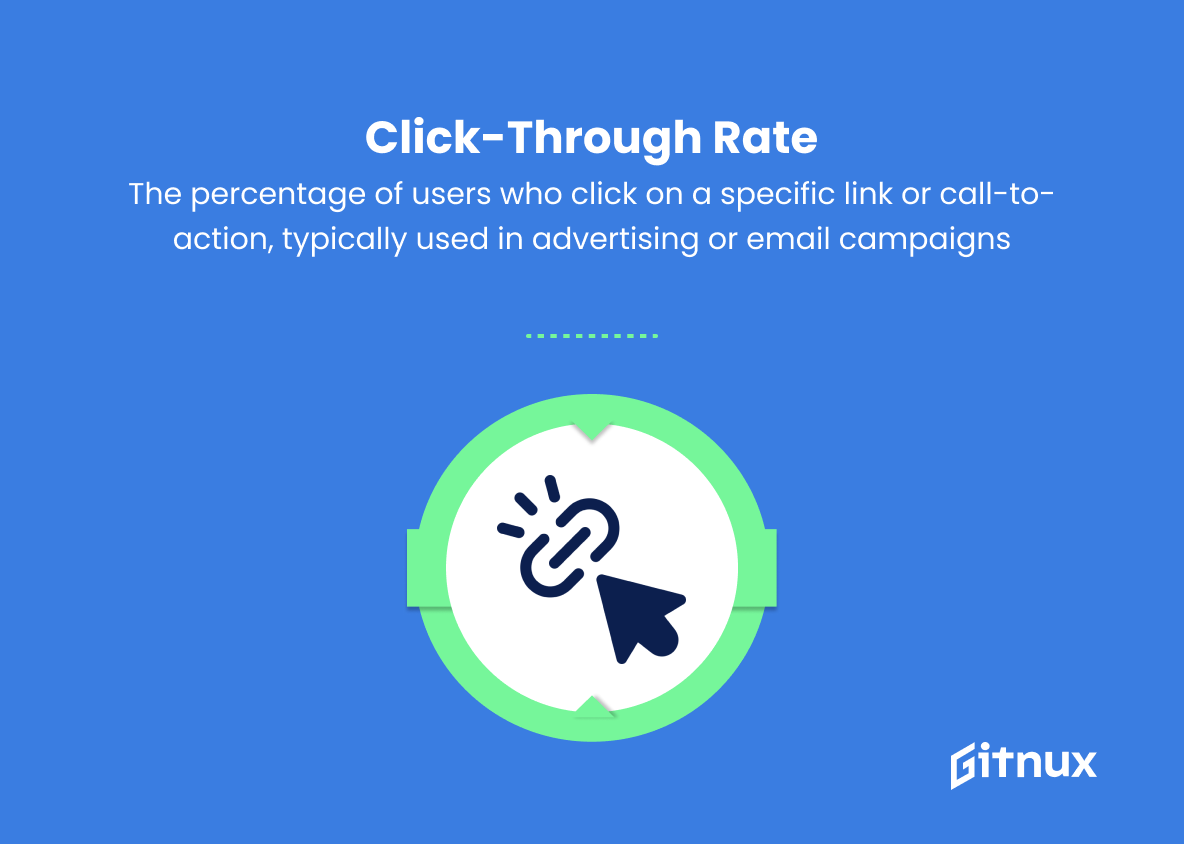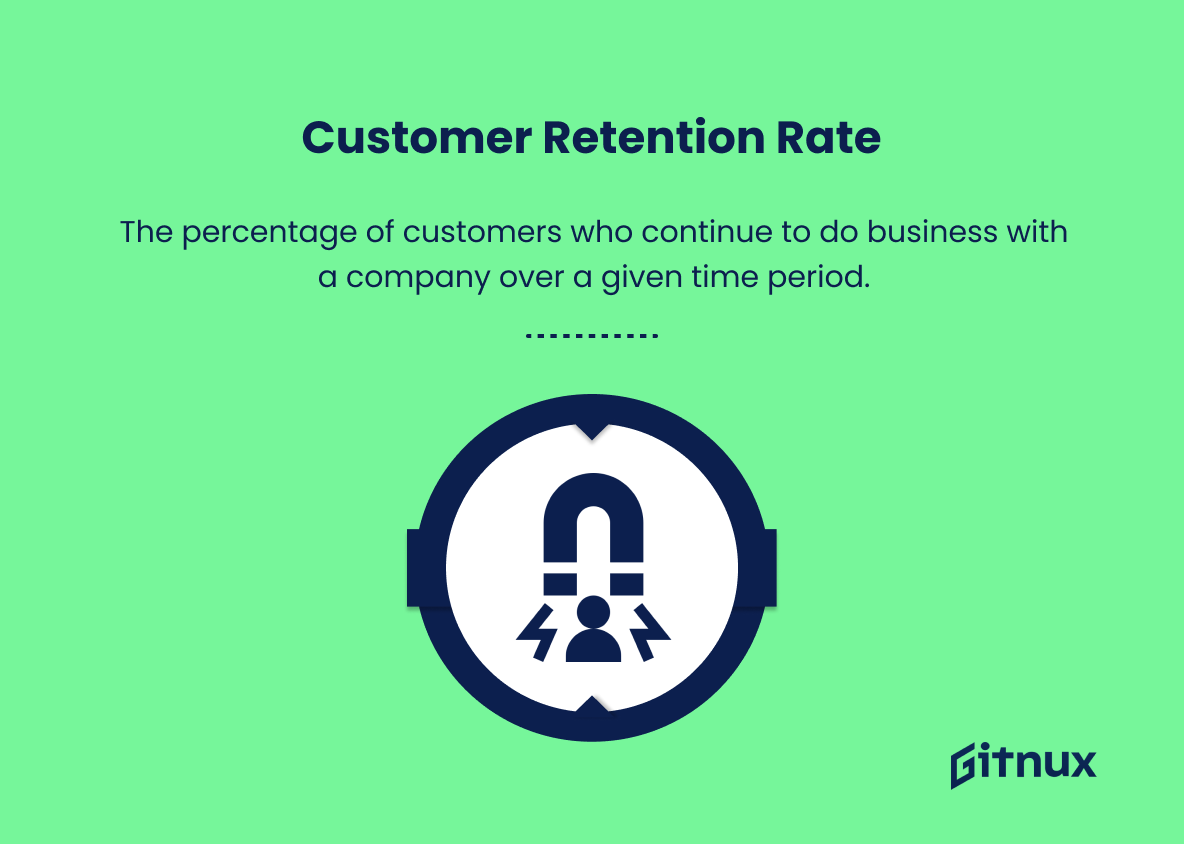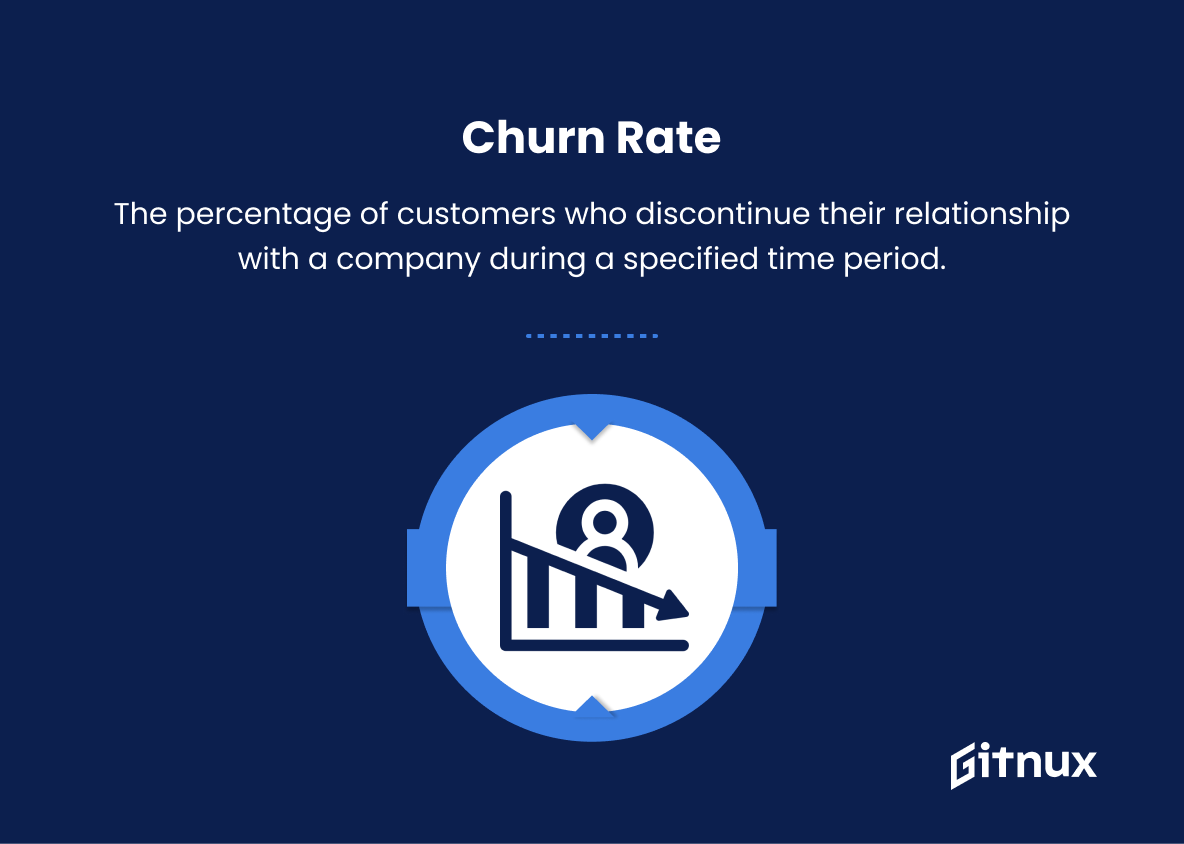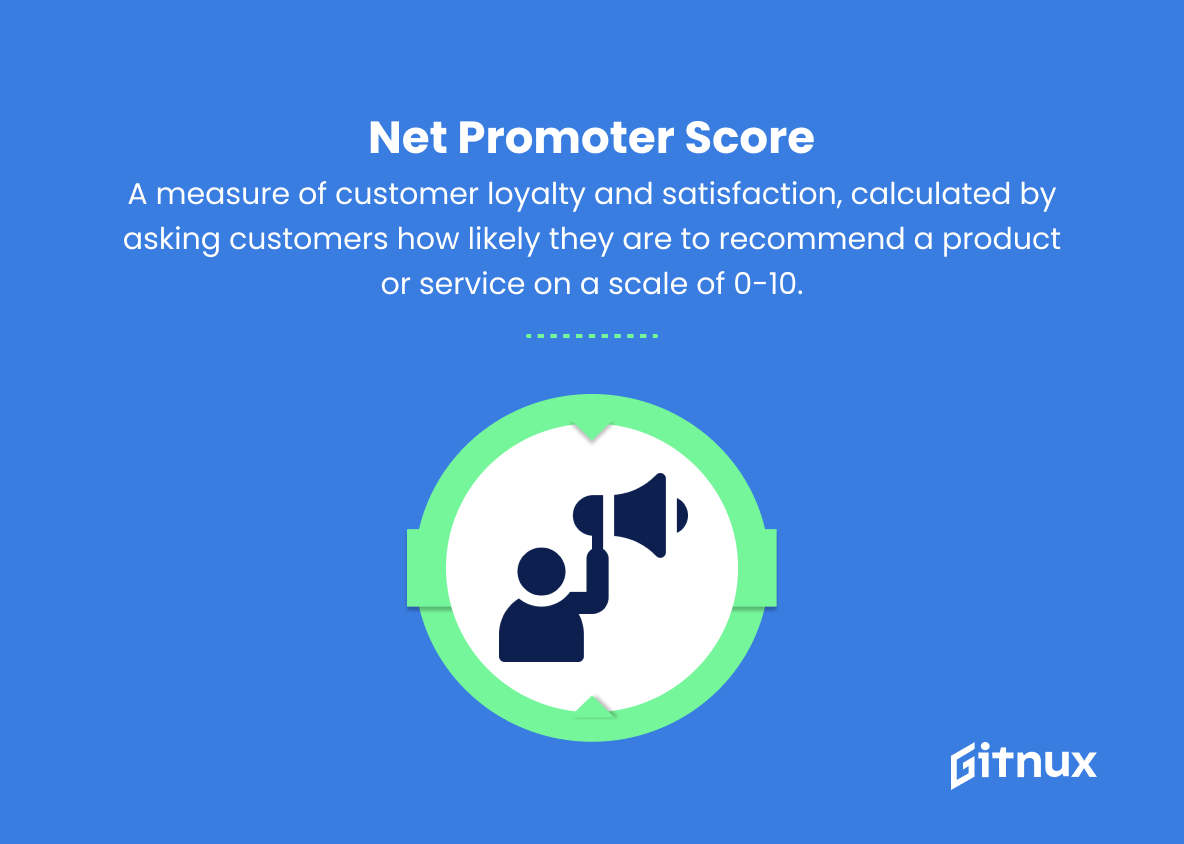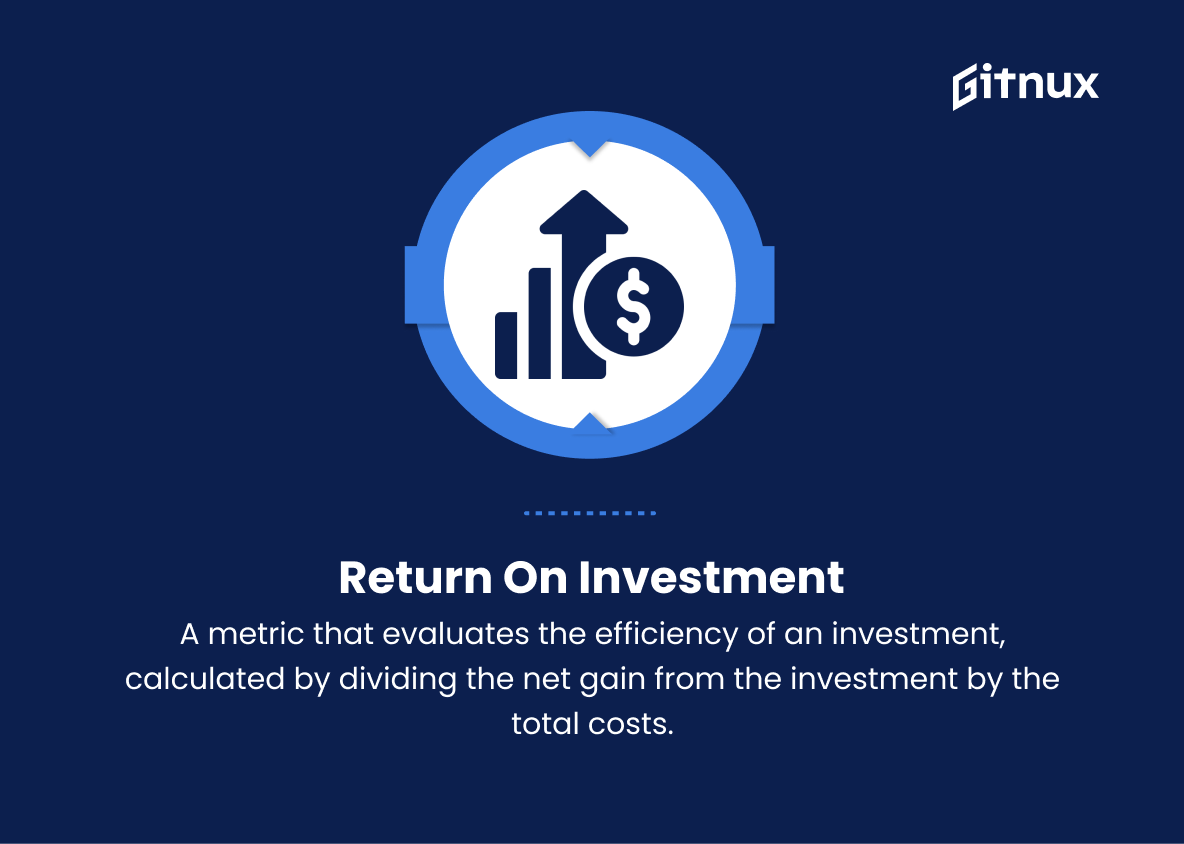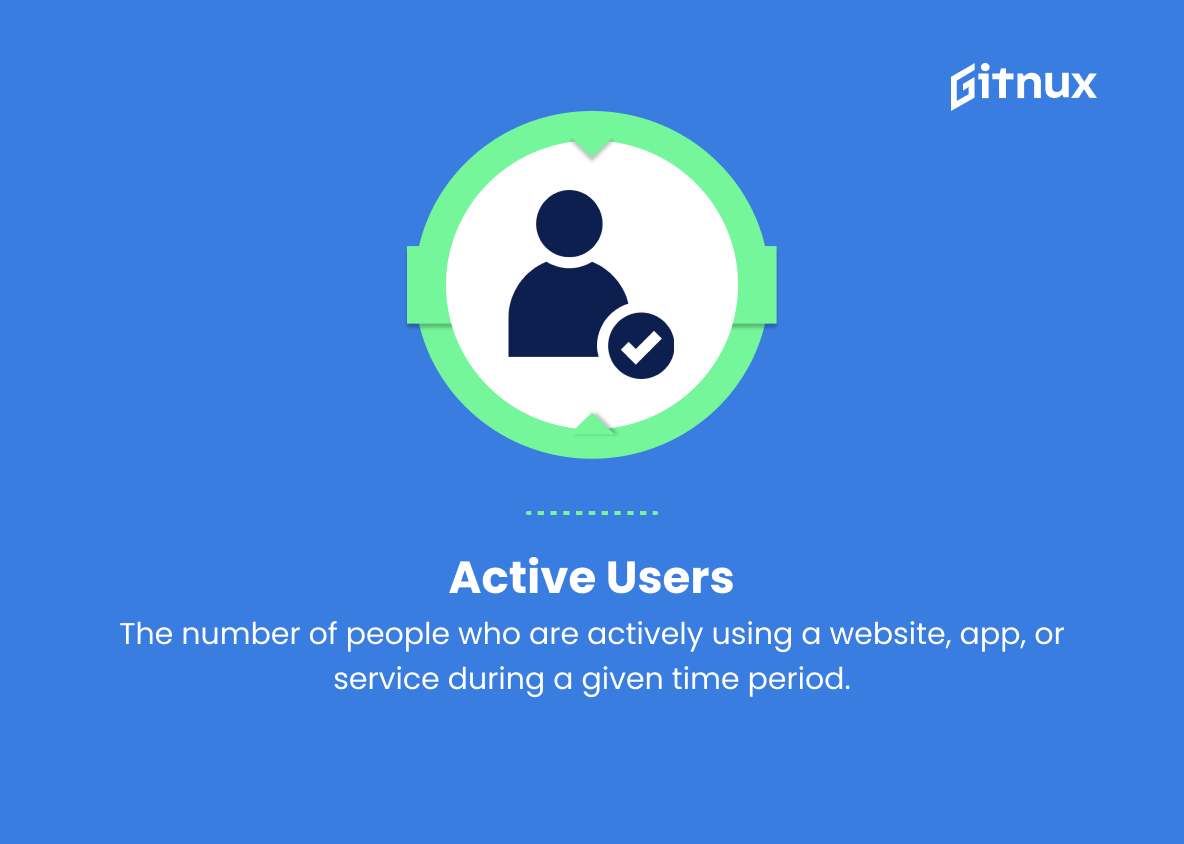In today’s fast-paced, data-driven world, the ability to effectively measure, analyze, and leverage data metrics is an essential skill set for businesses and individuals alike. As unprecedented volumes of information continue to be generated with each passing moment, our society is continuously presented with new challenges and opportunities for turning that data into actionable insights.
In this thought-provoking blog post, we will dive deep into the realm of data metrics, exploring what they are, why they matter, and how they can propel your organization toward informed decision making and sustained growth. So, strap in and prepare yourself as we embark on this insightful journey of discovery through the fascinating world of data metrics.
Data Metrics You Should Know
1. Key Performance Indicator (KPI)
A measurable value that demonstrates how effectively a company is achieving its key business objectives.
2. Conversion Rate
The percentage of users who take a desired action, such as making a purchase or signing up for a newsletter.
3. Bounce Rate
The percentage of visitors who leave a website after viewing only one page.
4. Pageviews
The total number of pages viewed on a website during a specific time period.
5. Average Time on Page
The average time a visitor spends on a specific page of a website.
6. Click-through Rate (CTR)
The percentage of users who click on a specific link or call-to-action, typically used in advertising or email campaigns.
7. Cost per Acquisition (CPA)
This measures the average cost of acquiring a new customer, typically calculated by dividing the total marketing spend by the number of new customers acquired.
8. Customer Retention Rate
The percentage of customers who continue to do business with a company over a given time period.
9. Lifetime Value (LTV)
The estimated net profit attributed to the entire future relationship with a customer.
10. Churn Rate
The percentage of customers who discontinue their relationship with a company during a specified time period.
11. Social Media Engagement
The interactions users have with a brand’s social media content, including likes, comments, shares, and follows.
12. Net Promoter Score (NPS)
A measure of customer loyalty and satisfaction, calculated by asking customers how likely they are to recommend a product or service on a scale of 0-10.
13. Return on Investment (ROI)
A metric that evaluates the efficiency of an investment, calculated by dividing the net gain from the investment by the total costs.
14. Monthly Recurring Revenue (MRR)
The amount of revenue a subscription-based business can expect to receive each month.
15. Active Users
The number of people who are actively using a website, app, or service during a given time period.
16. Daily Active Users (DAU) / Monthly Active Users (MAU) Ratio
This metric measures the stickiness of an app or website by dividing daily active users by monthly active users.
17. Session Duration
The average length of time a user spends in a single visit to a website or app.
18. Load Time
The time it takes for a web page to load completely.
19. Exit Rate
The percentage of users who leave a website from a particular page, as opposed to the bounce rate, which measures the percentage who leave after only viewing one page.
20. Customer Acquisition Cost (CAC)
The average expense of acquiring a new customer or user, typically calculated by dividing the total marketing and sales costs by the number of new customers or users gained.
21. Open Rate
The percentage of recipients who open a specific email or marketing campaign.
22. Organic Search Traffic
The number of visitors to a website that arrive through non-paid search engine results.
23. Referral Traffic
The number of visitors to a website that arrive through a link from another website.
24. Customer Satisfaction (CSAT) Score
A rating scale that measures how satisfied customers are with a product, service or experience.
25. Abandoned Cart Rate
The percentage of online shopping carts that are started but not completed.
These are just a selection of data metrics used across various industries. There are many more that can be tailored to specific contexts, platforms, and business goals.
Data Metrics Explained
Data metrics are essential for businesses to track their performance, manage their strategies, and ensure progress towards their objectives. Key Performance Indicators (KPIs) help businesses evaluate the efficiency of their operations in achieving their goals. Conversion rates give an insight into the effectiveness of marketing tactics and customer engagement. Bounce rates, pageviews, average time on page, and exit rates provide valuable information on user behavior, allowing for optimization of website content and layout.
In advertising and online campaigns, Click-through Rates (CTR) and Cost per Acquisition (CPA) help in evaluating the success of marketing efforts. Customer Retention Rates, Lifetime Value (LTV), and Churn Rates are essential for understanding customer loyalty and profitability. Social Media Engagement metrics, Net Promoter Scores (NPS), and Customer Satisfaction (CSAT) Scores measure customer feedback and satisfaction, while Return on Investment (ROI) and Customer Acquisition Cost (CAC) help businesses assess the financial efficiency of their marketing efforts.
Metrics relevant to subscription-based businesses, such as Monthly Recurring Revenue (MRR), Active Users, and DAU/MAU Ratios, highlight user engagement and long-term revenue potential. Website performance is also important, with Session Duration and Load Time affecting user experience. Finally, Open Rates, Organic Search Traffic, Referral Traffic, and Abandoned Cart Rates help identify opportunities and areas for improvement in digital marketing strategy. In summary, monitoring these data metrics enables businesses to make informed decisions, refine their processes, and ultimately achieve their goals.
Conclusion
In conclusion, data metrics play a crucial role in today’s data-driven world, helping businesses make informed decisions and optimize processes. By analyzing key performance indicators and monitoring outcomes in real-time, organizations can adapt their strategies and deliver better results. Embracing data metrics can not only benefit the bottom line; it can also foster a culture of continuous improvement and innovation.
It is essential that businesses invest time and effort into understanding, selecting, and implementing the right data metrics to achieve success in the long run. After all, tapping into the power of data metrics can transform industry landscapes and pave the way to a more insightful, efficient, and progressive future.
